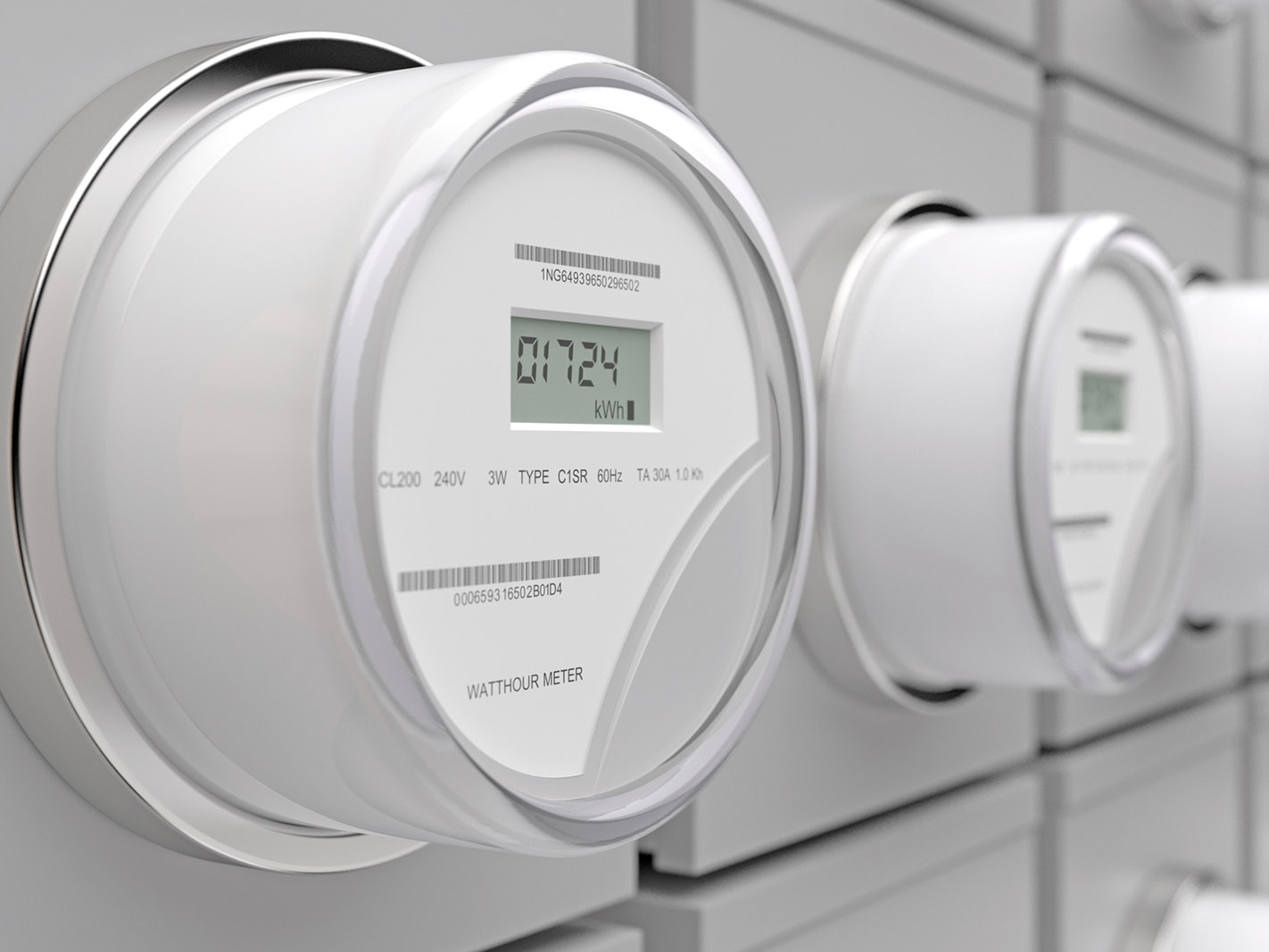Advanced Meter Upgrade
Advanced Meter Installation Upgrade
Implementing technology to serve you even better
Dakota Electric is in nearing the end of the process of updating our older meters to advanced digital meters to better serve our members. This new technology is helping us monitor our system for better efficiency and operation and allowing us to have two-way communication to field equipment, providing numerous benefits to our members and Dakota Electric.

Benefits of new meters
The new technology, which is replacing our existing meters and load management devices that are nearing the end of life, has many benefits including:
- Automated power outage reporting, improved restoration and member communications;
- Enhanced reliability and power quality improvements;
- Improved energy usage information and options for our members;
- Support increased integration of renewable energy;
- More efficient internal business processes regarding billing and metering.
- Better planning, utilization and operation of our distribution system.
- Operational savings.
- Improved and more effective load management system.
- Improved employee safety.


